|
I visited Homefield Wood and Hartslock with my mum on the morning of 27 May. There were plenty of Military Orchids flowering at the former, although they were smaller and weedier than I recall them being in the past – as with the Kent Lady Orchids, presumably a result of the dry conditions in the run up to this spring. From past visits I always remembered a few impressive spikes of Greater Butterfly Orchid, so it was disappointing to see that one of the plants I've seen in previous years also looked quite feeble. However, close-up images of the flowers made for an interesting subject with the early-morning dew. However, the Fly Orchids put on a fine show, with some impressively robust specimens in the meadows. Also plenty of small White Helleborines in the shaded beech woodland. Nearby Hartslock was enjoyable. A few White Helleborines were in the wood, while the swarm of Monkey x Lady hybrids were just past their peak. A handful of Monkey Orchids were looking nice, albeit tiny when compared to their progeny.
0 Comments
My mum's newly reignited interest in UK orchids meant that we'd pencilled in a trip around Kent's top sites in mid-May, with several target species in mind. She got plenty of ticks during a great day on Saturday 18th, while for me it was a nice opportunity to see various species that I'd not seen for anything between three and five years. Our first stop, early in the morning, was Marden Meadow – a new site for me. It didn't disappoint, with a spectacular showing of thousands of Green-winged Orchids, including a few paler examples among the predominately dark-purple carpet. Having had our fill at Marden, we headed down to the south coast at Samphire Hoe. While it was getting late for Early Spider Orchids, I hoped that we might still find a few in flower – and so it proved. Although the vast majority were long dead, a few flowers remained and we found a handful still in relatively respectable condition. I've only visited this site once before, again in mid-May, so I'm yet to see the Early Spiders here in all their glory. On the bird front, a Ring Ouzel chakking from the undercliff was a slight surprise, but migrants were otherwise non-existent. I had confidently predicted that it was "too early" for the nearby Late Spider Orchids at Folkestone to be flowering, yet we decided to call in anyway. The spot has changed since I was last there a few years back, with electric fences now erected to protect the small and sensitive colony of Late Spiders from trampling – they are, after all, situated right next to a busy footpath. It was ironic, then, that the only obvious spike was happily flowering outside the fence, perfectly positioned for photos! An unexpected bonus, especially for mum, who'd not seen the species before, and an indication that we were on to clear up on all possible targets. Also here were several small Man Orchids. It was then on to Yockletts Bank, a pretty little reserve on the Kent Downs that supports good numbers of Lady and Fly Orchids, as well as plenty of Common Twayblade and various other species in small numbers. The Ladies duly obliged, with several large specimens on show. But it was an unusual form that stole the show. It took some finding, but the ochroleuca Fly Orchid was stunning. As I understand it, this form is only known from a handful of sites in the country. After a spot of lunch, we headed for two nearby sites. Unfortunately the Monkey Orchids at Park Gate Down were only just coming out (although there were many more spikes than I remember seeing on my previous visit) so didn't look particularly great, but there were some nice Early Purples on show. The Lady Orchids at Bonsai Bank weren't in particularly fantastic fettle, with the dry spring presumably to blame for the relatively small size of most of the plants. However, good numbers of Duke of Burgundy butterflies were a joy to watch, with the pugnacious males taking on anything and everything that had the audacity to wander into their territories. In fact, if an image could sum up gung-ho toughness of the species, it's probably that below. Despite a predator attack having left him with half his wings, this feisty chap wasn't letting his disadvantage get the better of him. He had no problems flying and was even resolutely defending his territory against other wanderers ... fair play!
The past couple of days has seen a reasonable (if not spectacular) movement of Arctic Terns through the Midlands – the first decent passage of the year of the species, which is always eagerly awaited by inland patchers every late April and early May. With murky conditions dominating throughout Friday and small flocks popping up elsewhere in Nottinghamshire and Lincolnshire, it felt like was very much on the cards for Baston & Langtoft Pits as the day progressed. I had a quick check at lunch but no terns were present, so I headed on to Willow Tree Fen, the excellent LWT reserve towards Spalding. It was cold, windy and started to drizzle as I grilled the scrape there, which held nothing but the usual breeding waders, so I decided to head back home. A quick look at BLGP Wader Pit on the way back revealed the welcome sight of four Arctic Terns battling the breeze among several Common Terns – what a difference half an hour can make at peak migration season. Arctic Tern is a species that I never used to see at BLGP anywhere near as regularly as I probably should have when I watched the site regularly in my teens, given that they must pass through each year. Sure, I used to get the odd one or two, but it was rare for them to linger, and it's testament to the open expanse of Wader Pit and the feeding opportunities that it provides that they now seem to be more of a fixture here, along with Little Gulls, Black Terns and other aerial feeders. I sat by the edge of the pit and enjoyed brilliant views of the Arctics as they fed along the pit margins, alongside large numbers of hirundines (mainly Sand Martins and Swallows) and several Common Terns. Apparently another five or six Arctics dropped in after I left mid-afternoon, but quickly departed north again. And, on returning after work in the evening, I was treated to two further Arctic Terns dropping in and circling Wader Pit for a couple of minutes before continuing off to the north. Watching the Arctics feeding alongside the local Common Terns was a great way to reacquaint myself with the subtle differences between the two taxa. Common Tern is an elegant bird, but Arctic Terns somehow manage to make them look mildly cumbersome. Arctics are so buoyant and delicate, with the longer tail streamers exacerbating their gracefulness. Then there are plumage and other structural differences, including the shorter neck, shorter, deeper red bill (with either no or minimal black dip), darker, more uniform grey below, shorter legs and translucent underwing extending to the outer primaries. A couple of comparisons below. It's fascinating to let your mind wander and think about where these birds, arguably the greatest travellers of all living creatures, have come from, and indeed where they might be going. Their annual movements are nothing short of epic (see here) and it's remarkable to think these terns may still have hundreds, if not thousands, of kilometres left to complete before they reach their breeding grounds. Just imagine what they will have witnessed on their travels across the world's oceans! Superlatives are often banded about too freely in life, birding included, but Arctic Terns are worthy of all the praise they get – and plenty more besides.
|
This pageThe musings of a wildlife enthusiast, usually armed with his camera. Archives
September 2023
|
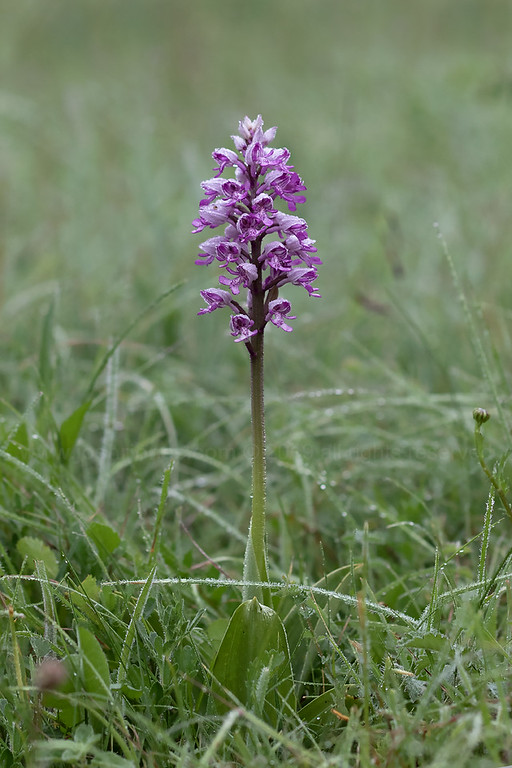
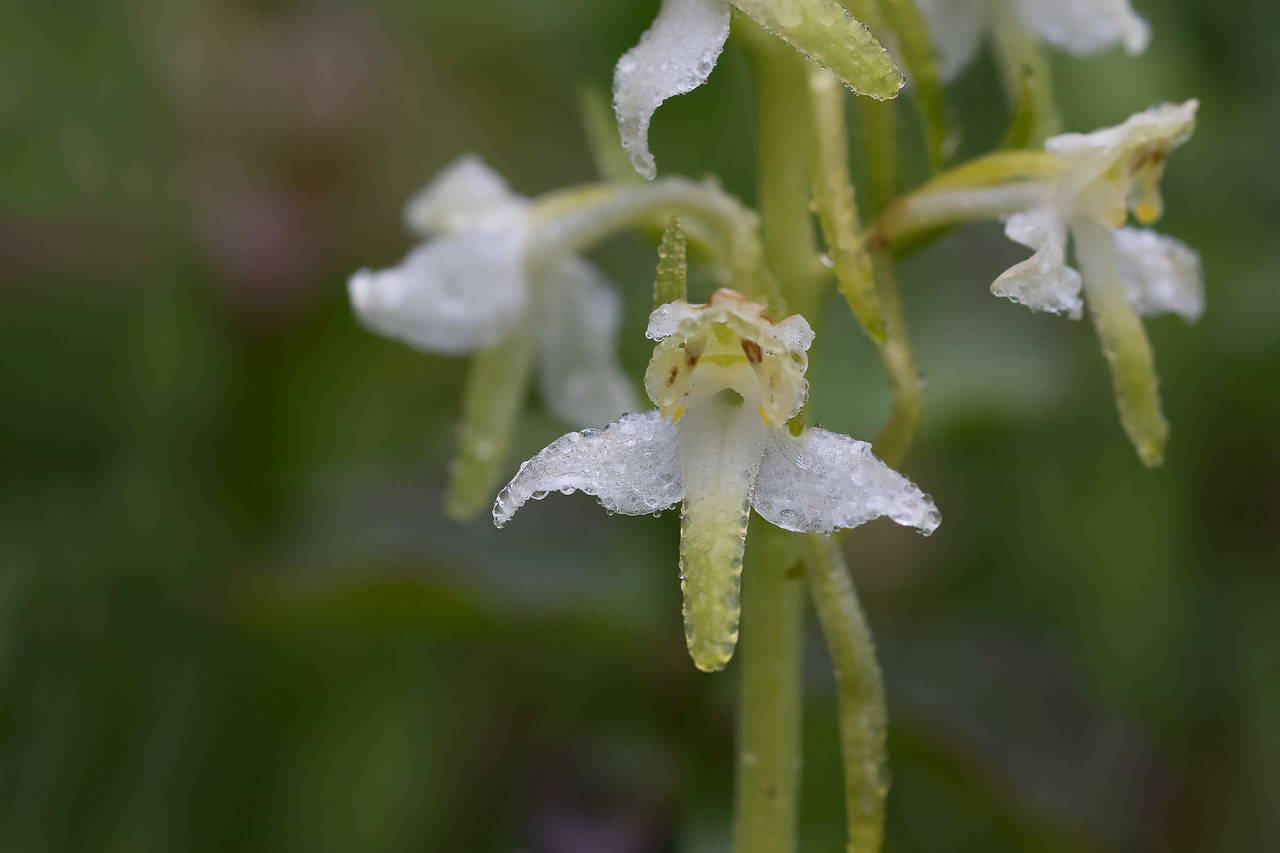
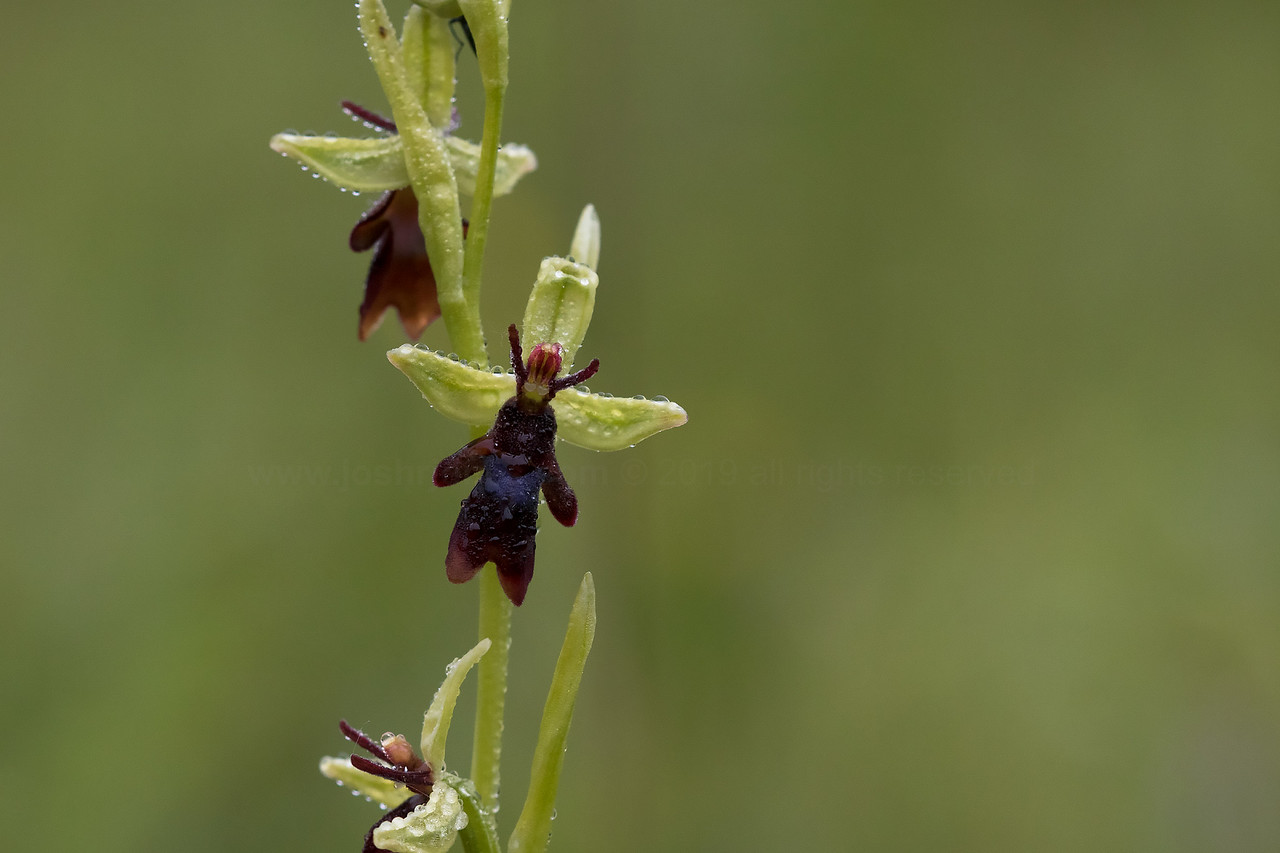
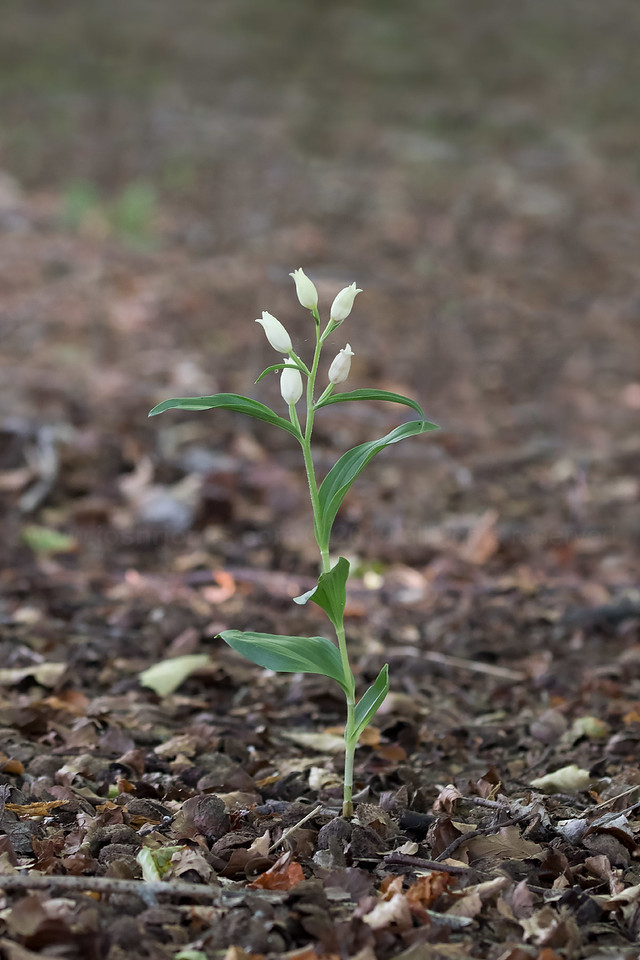

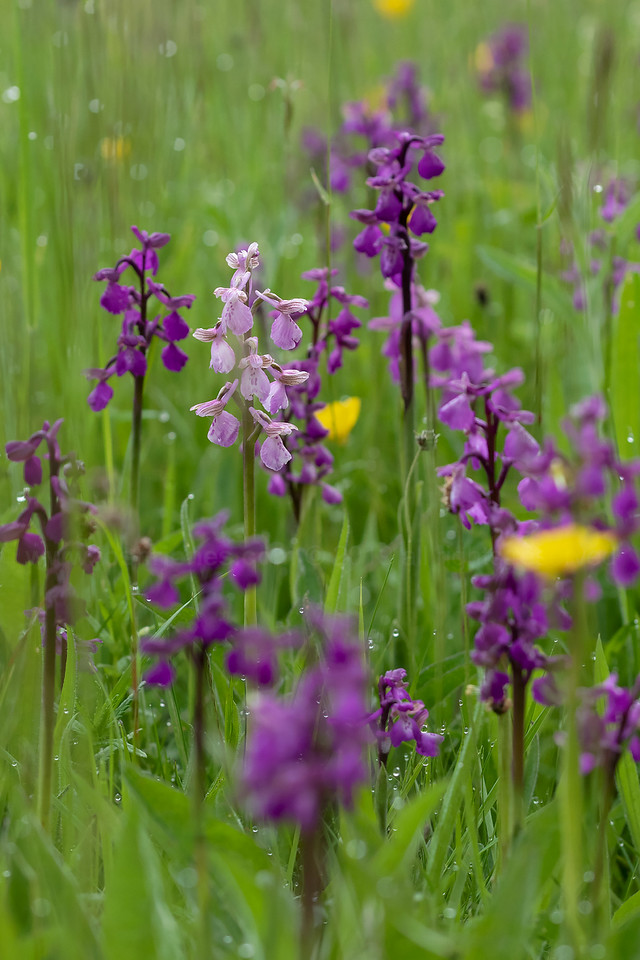
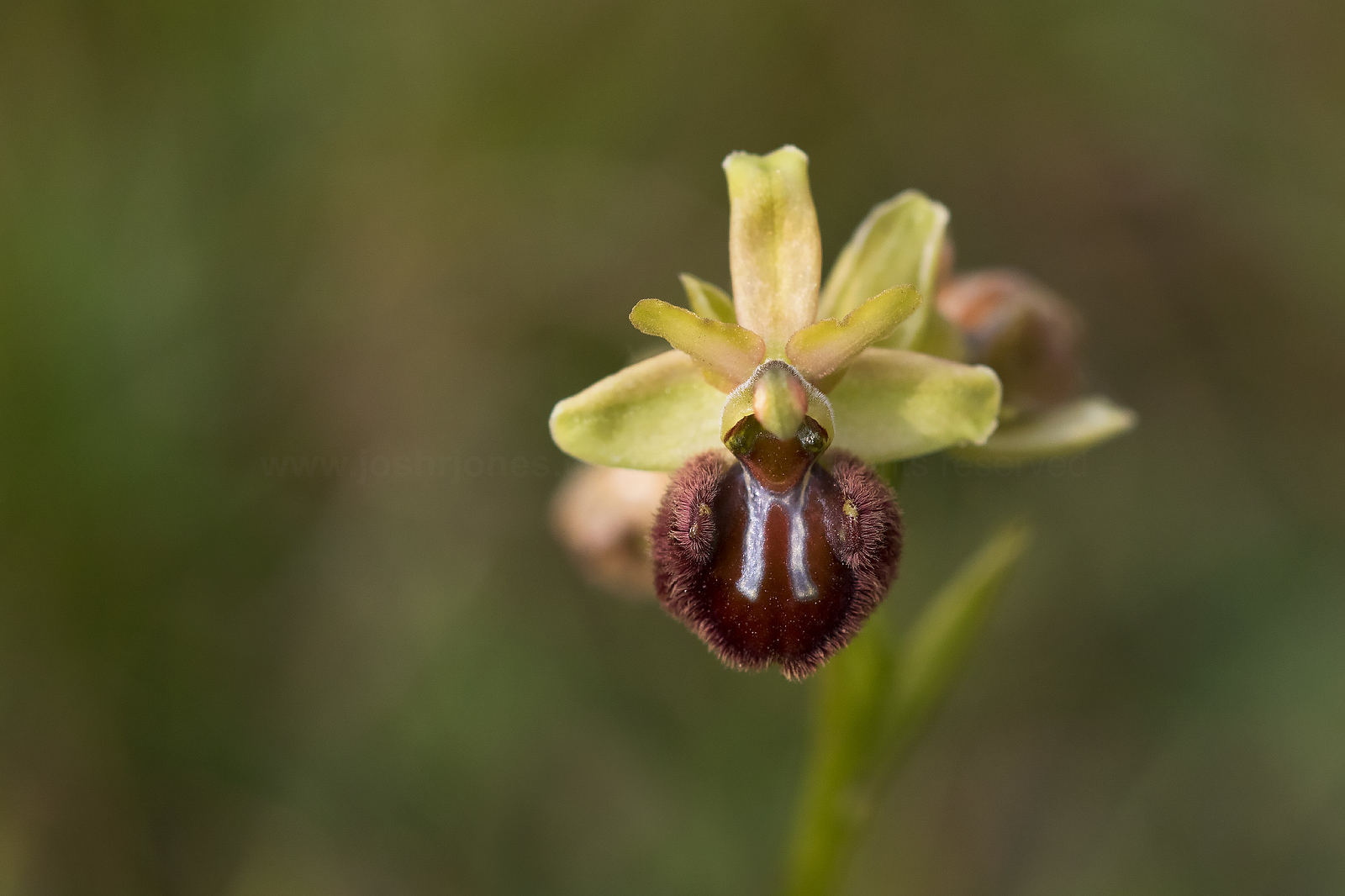
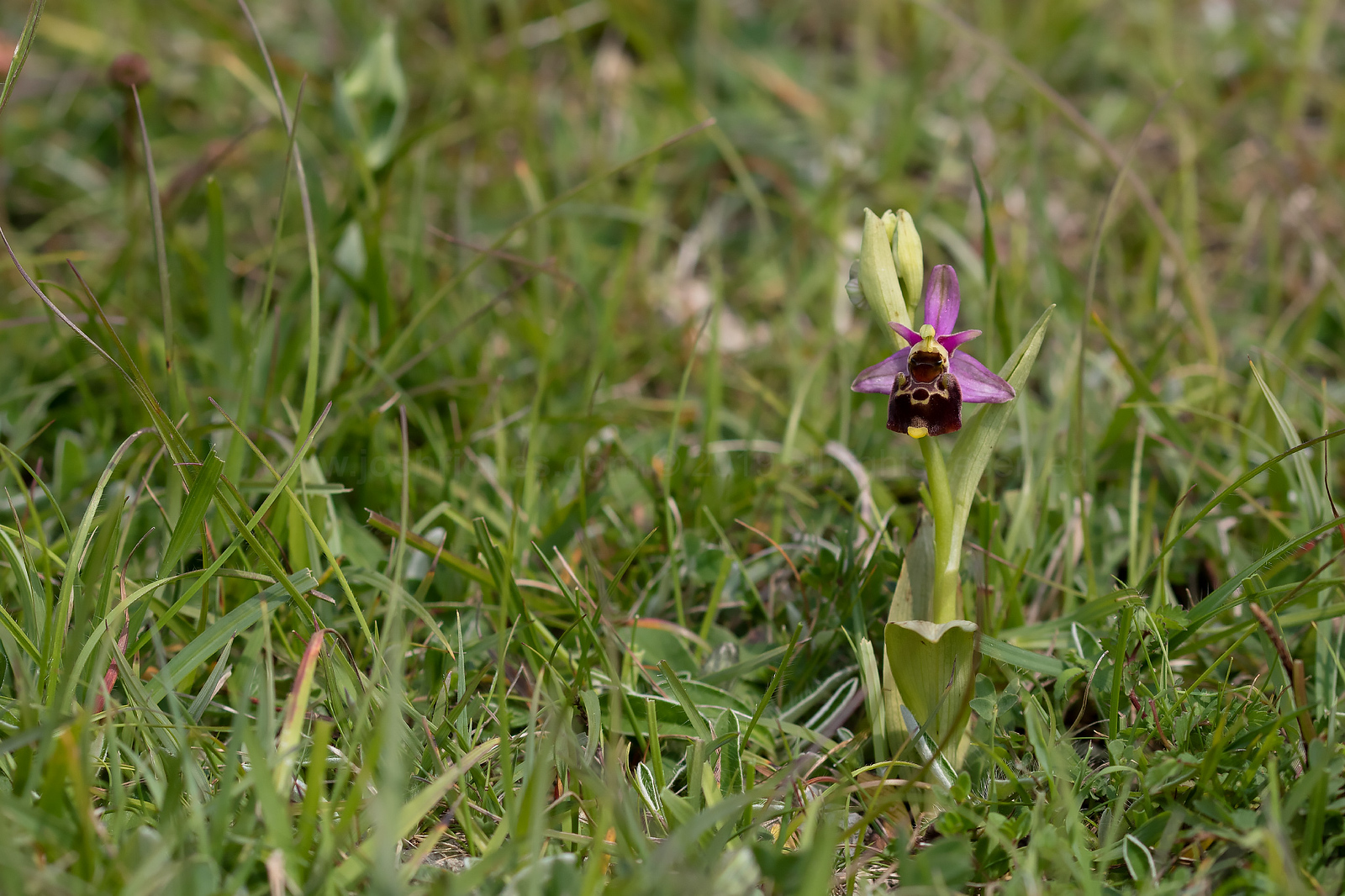
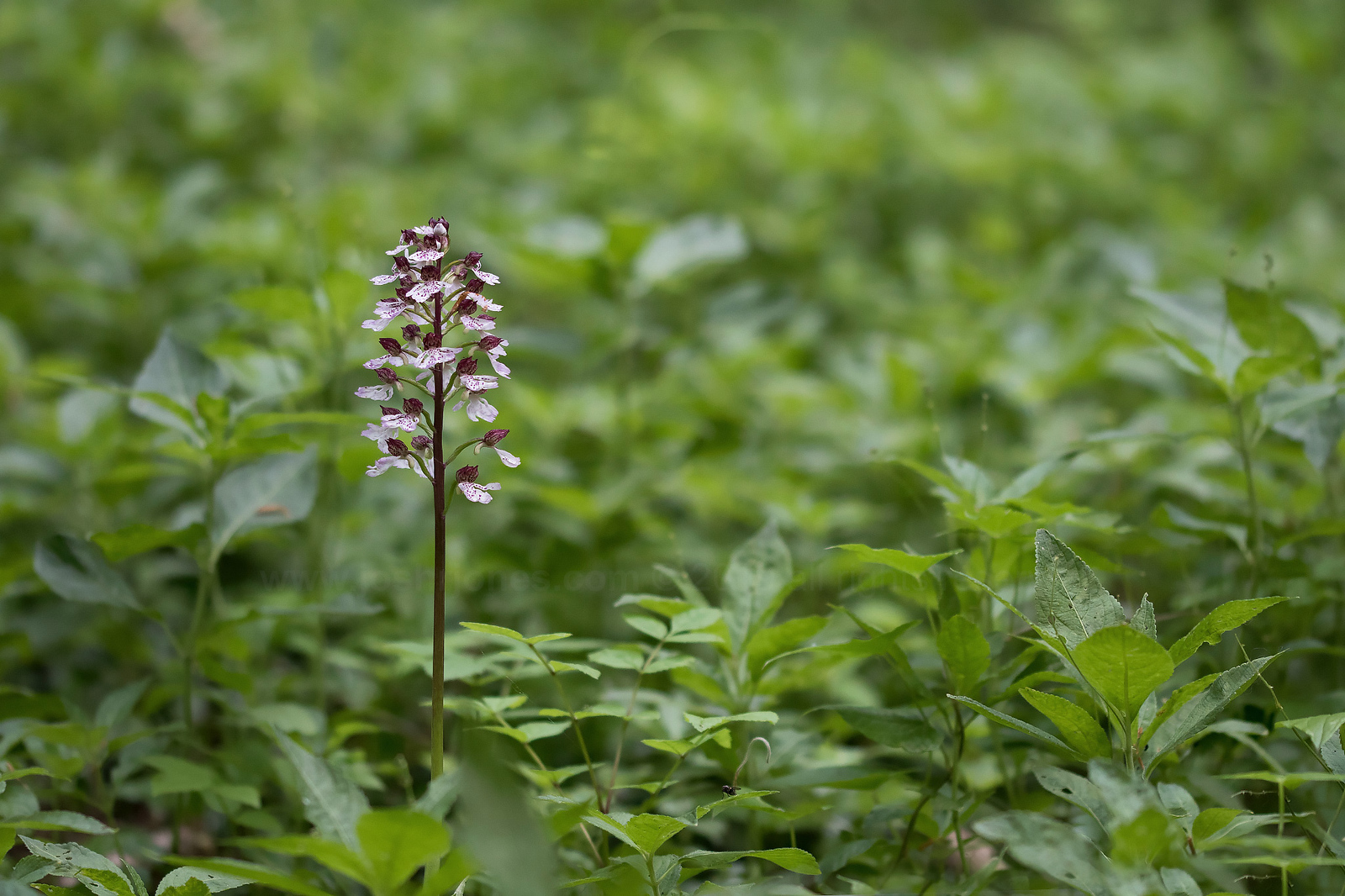
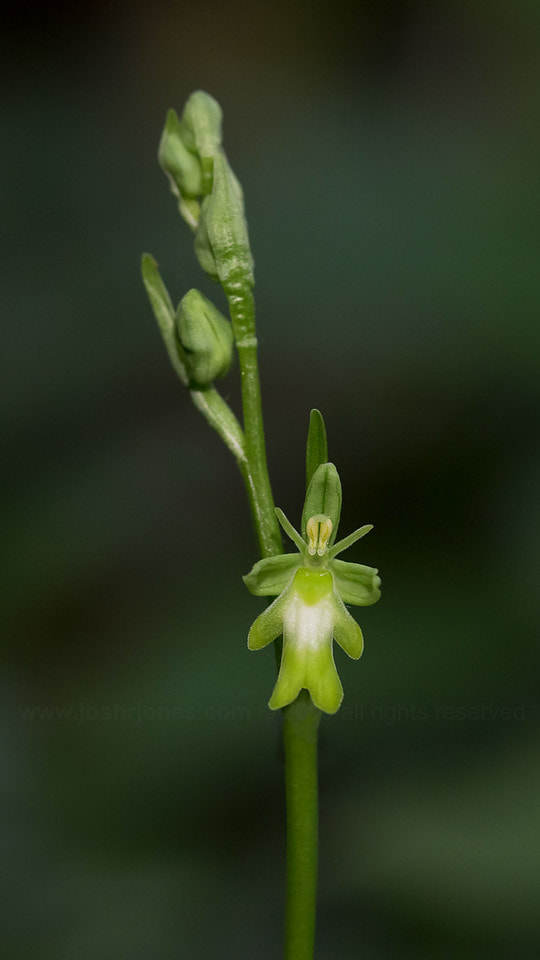
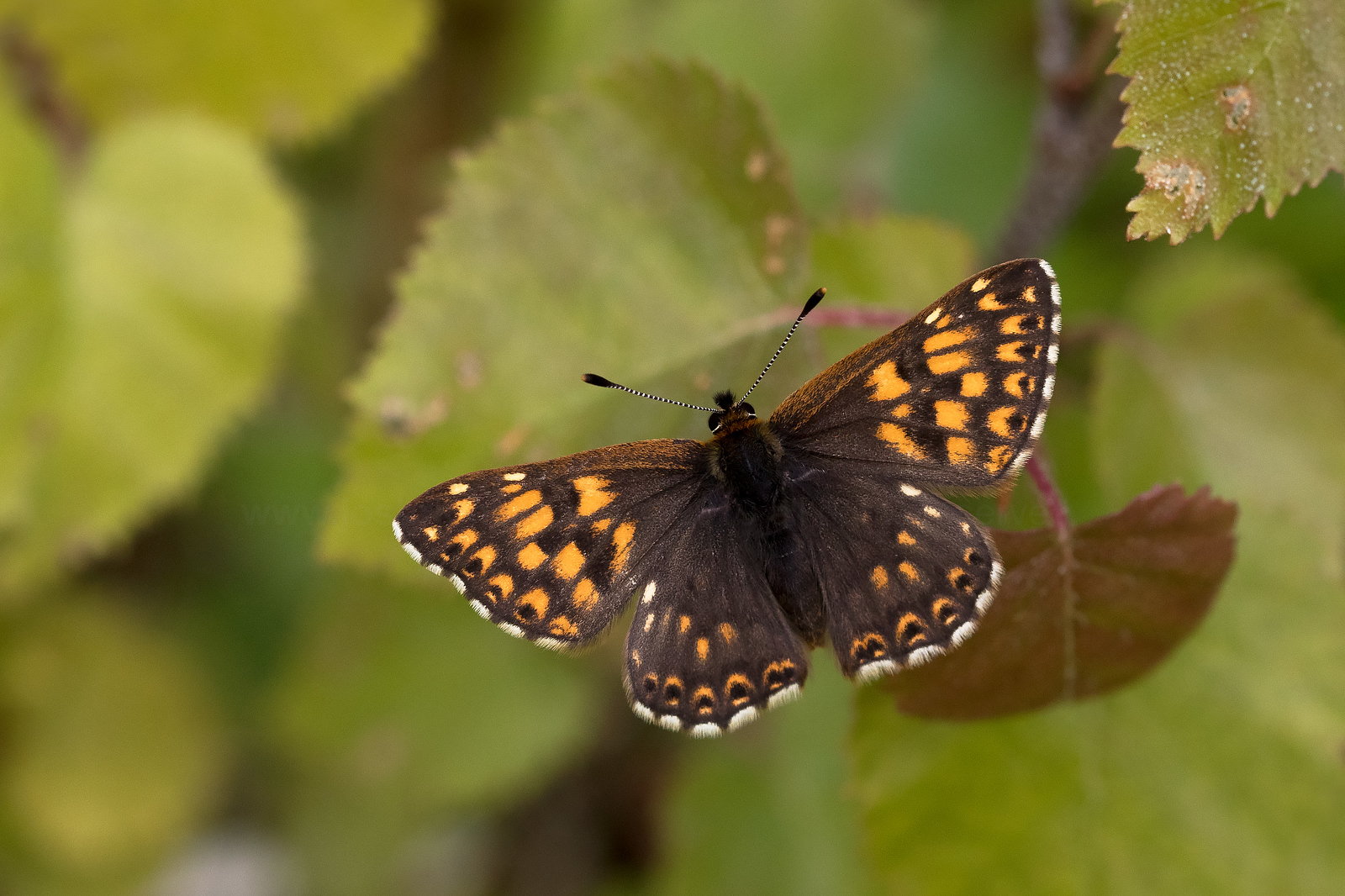
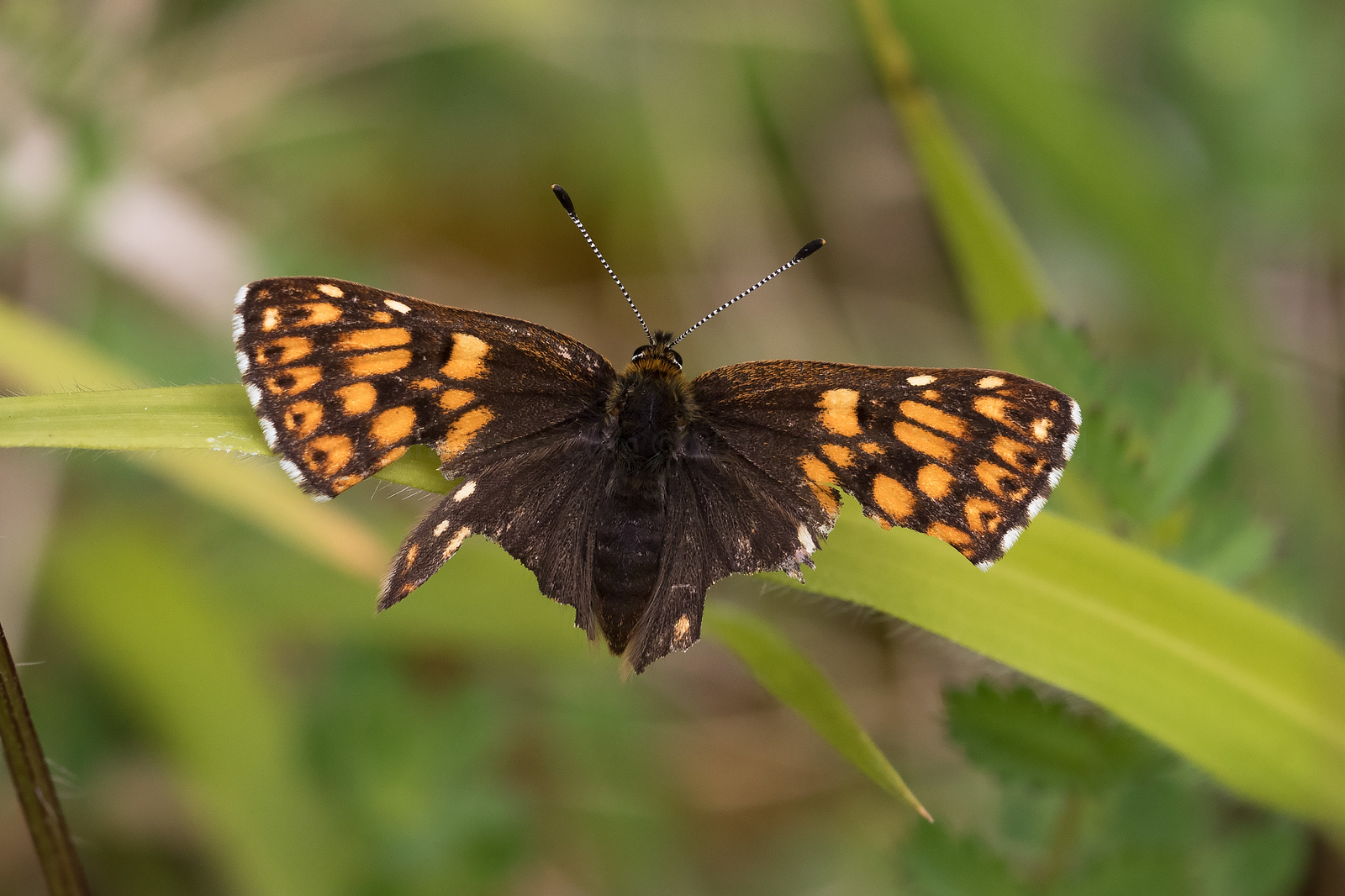
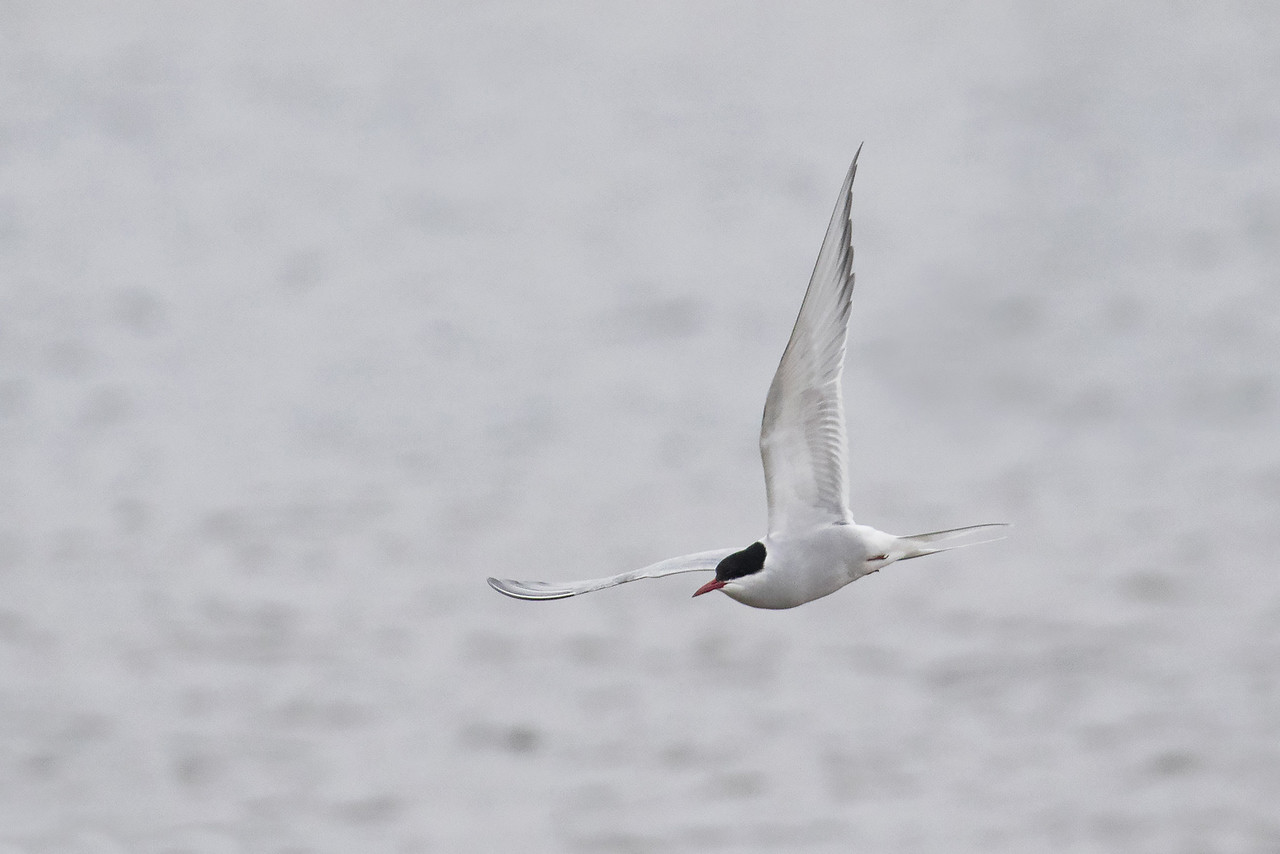
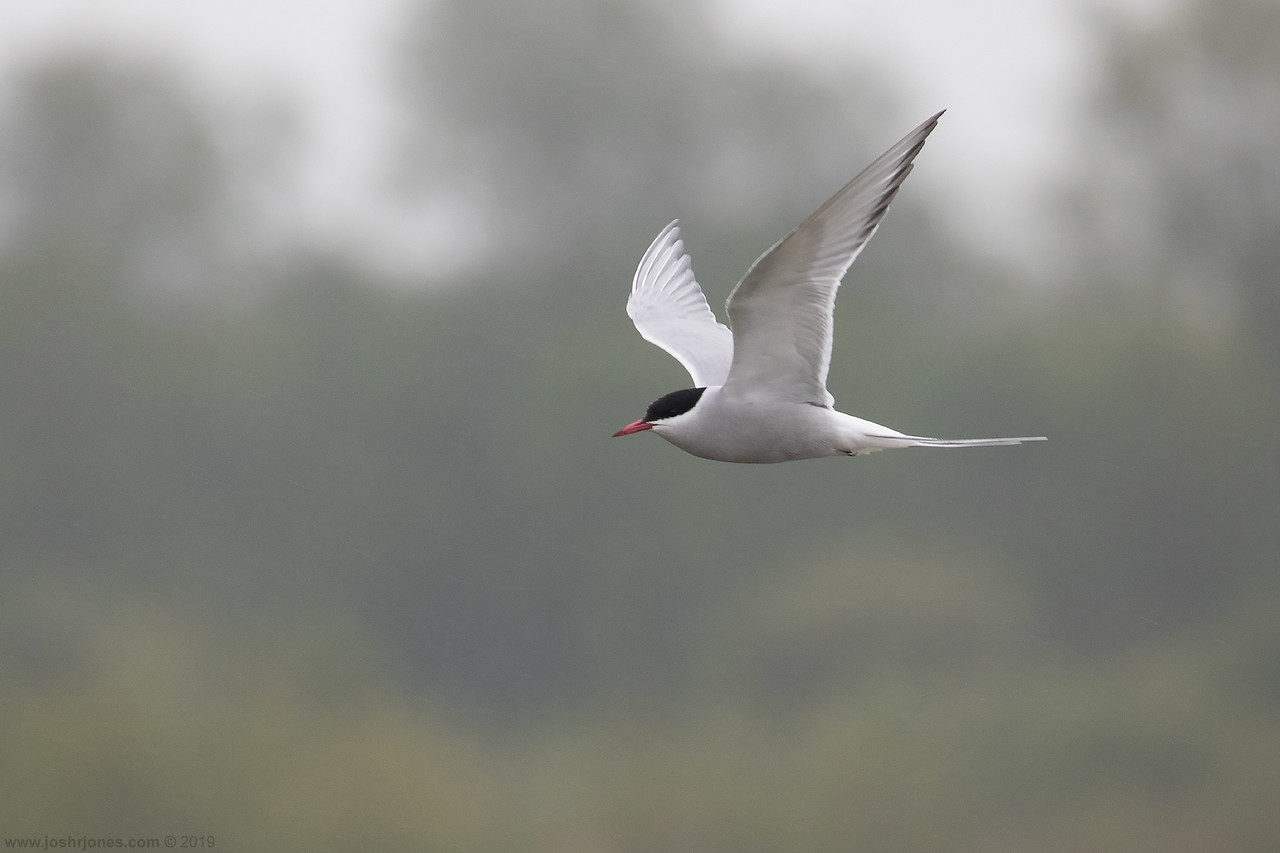
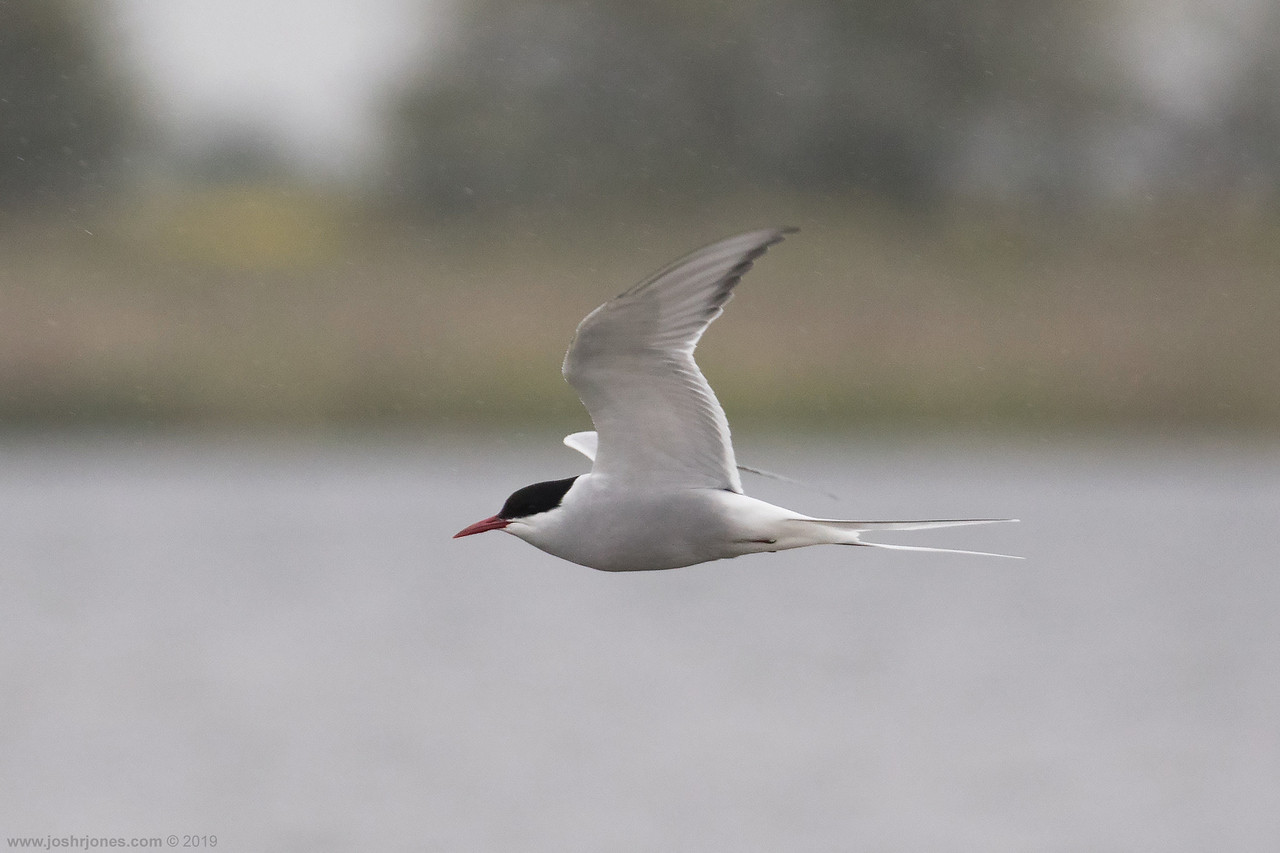

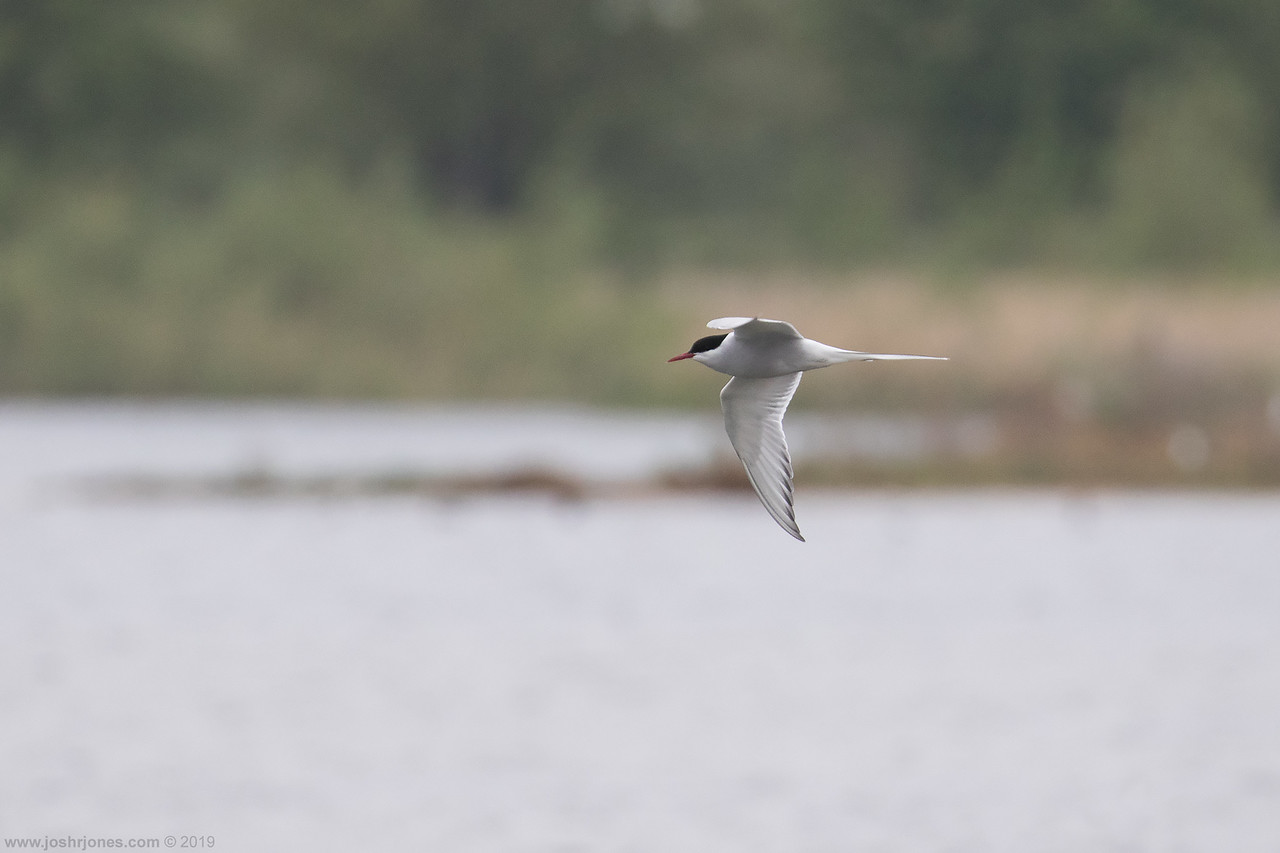
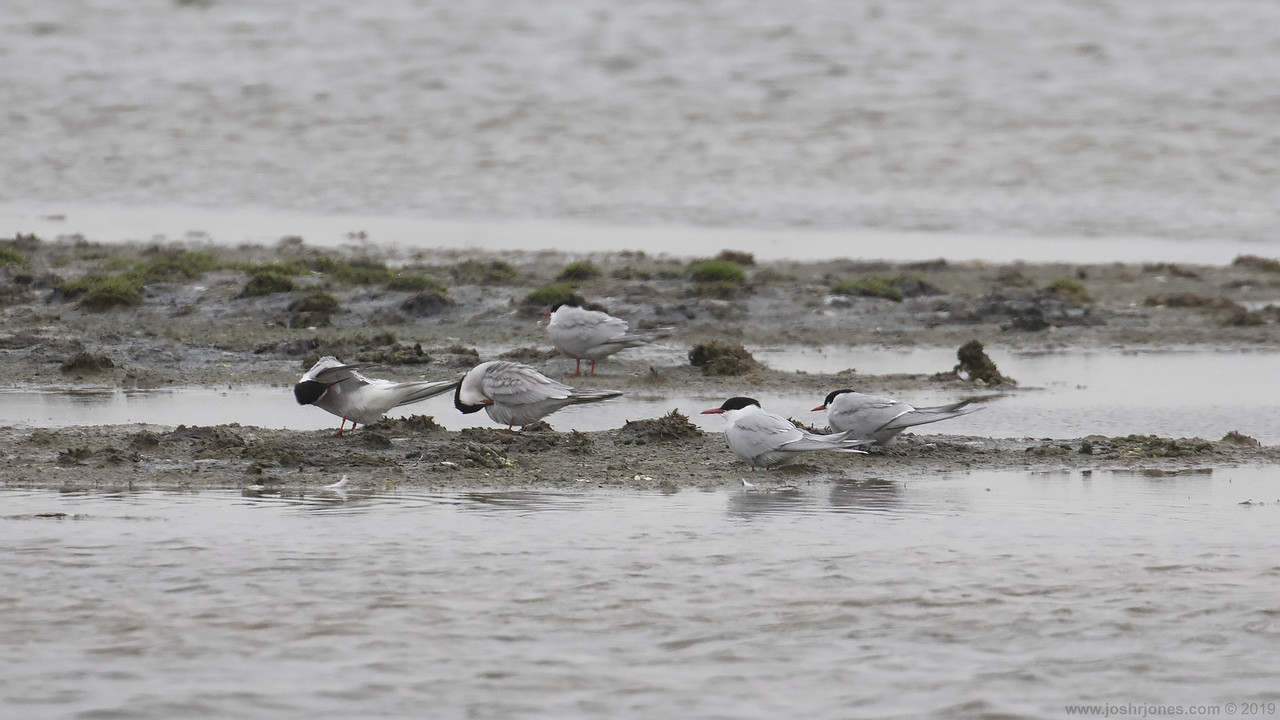
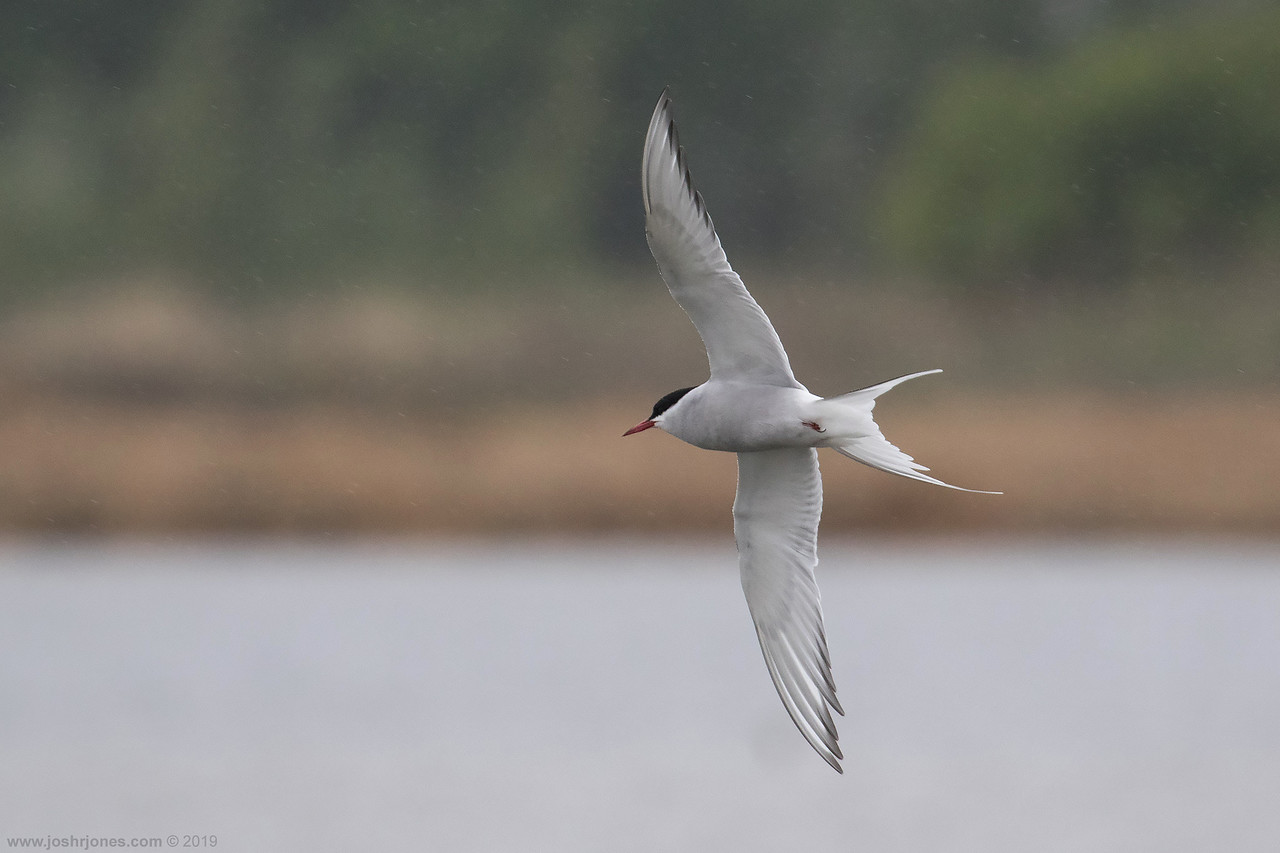
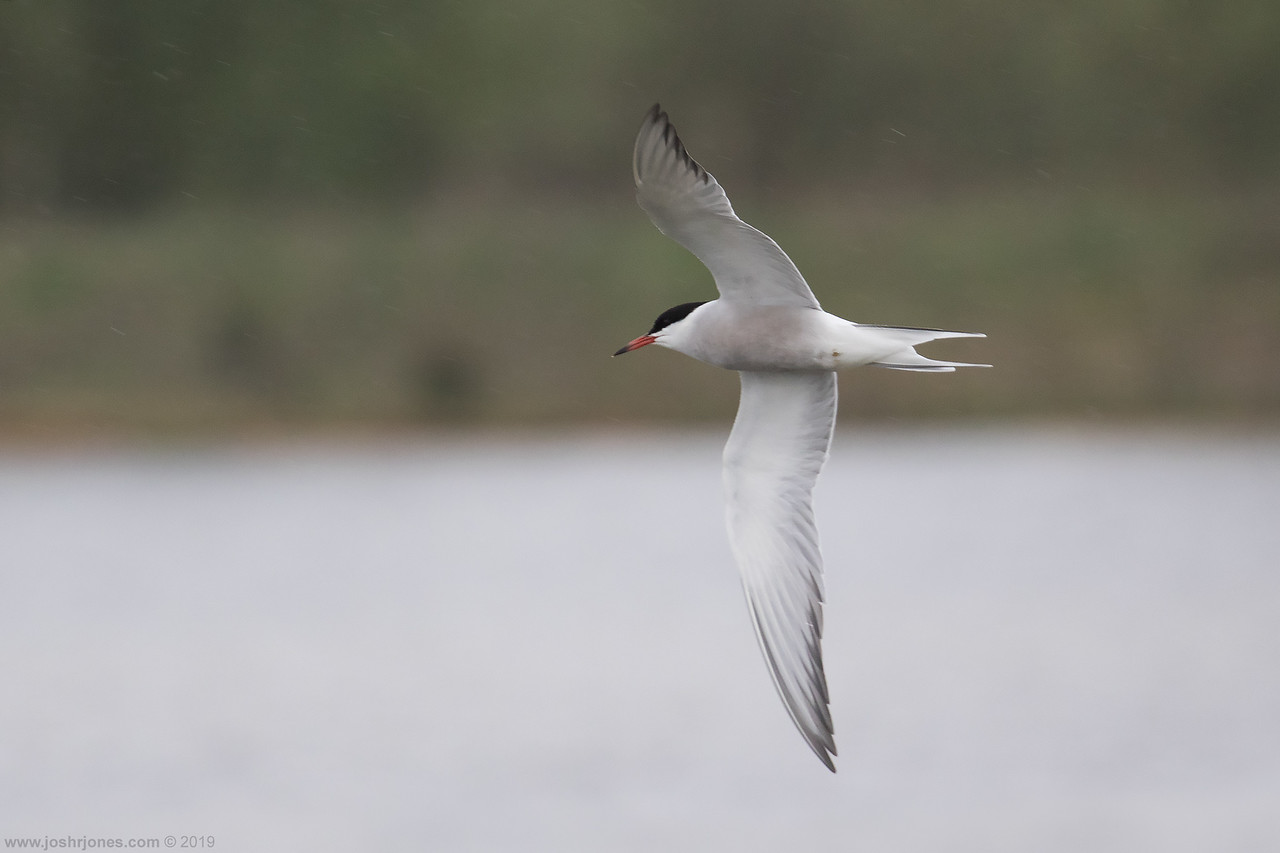
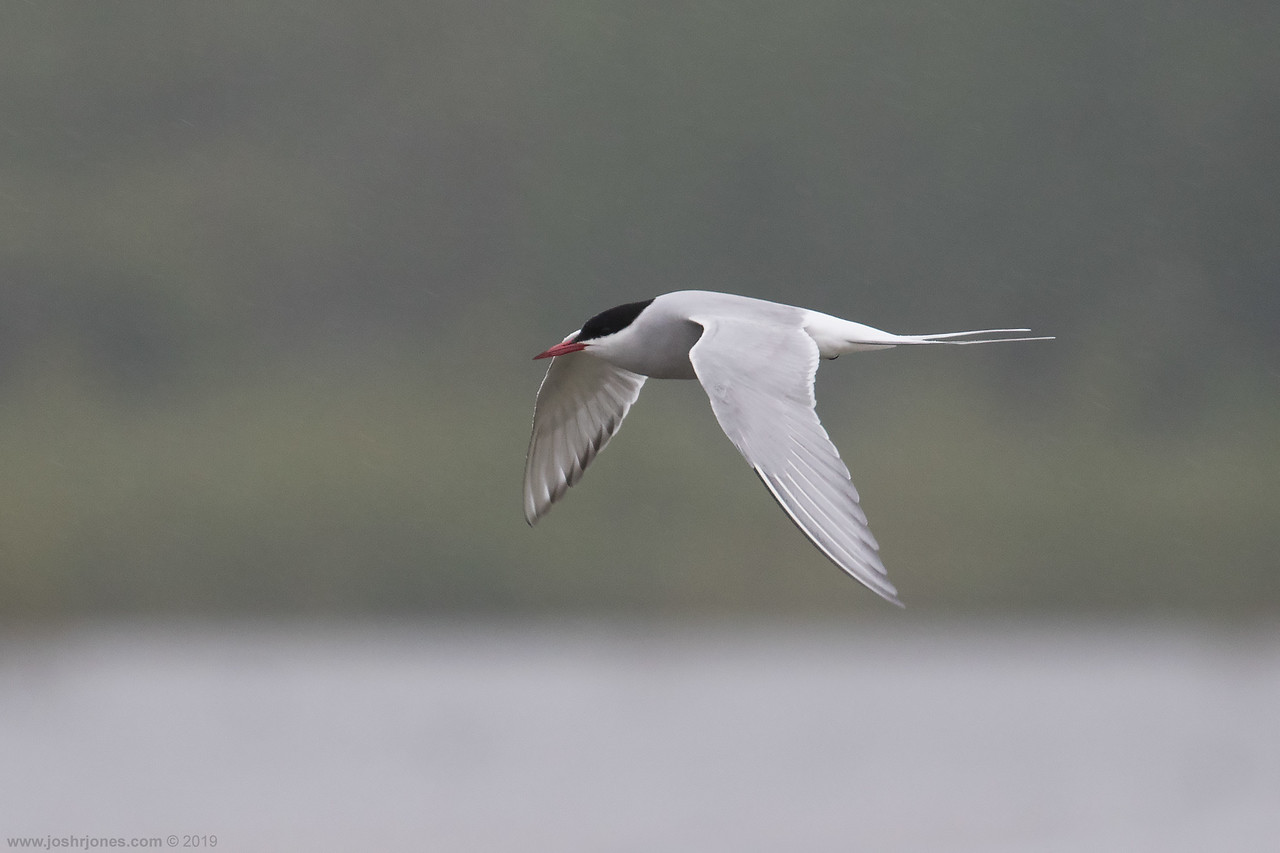

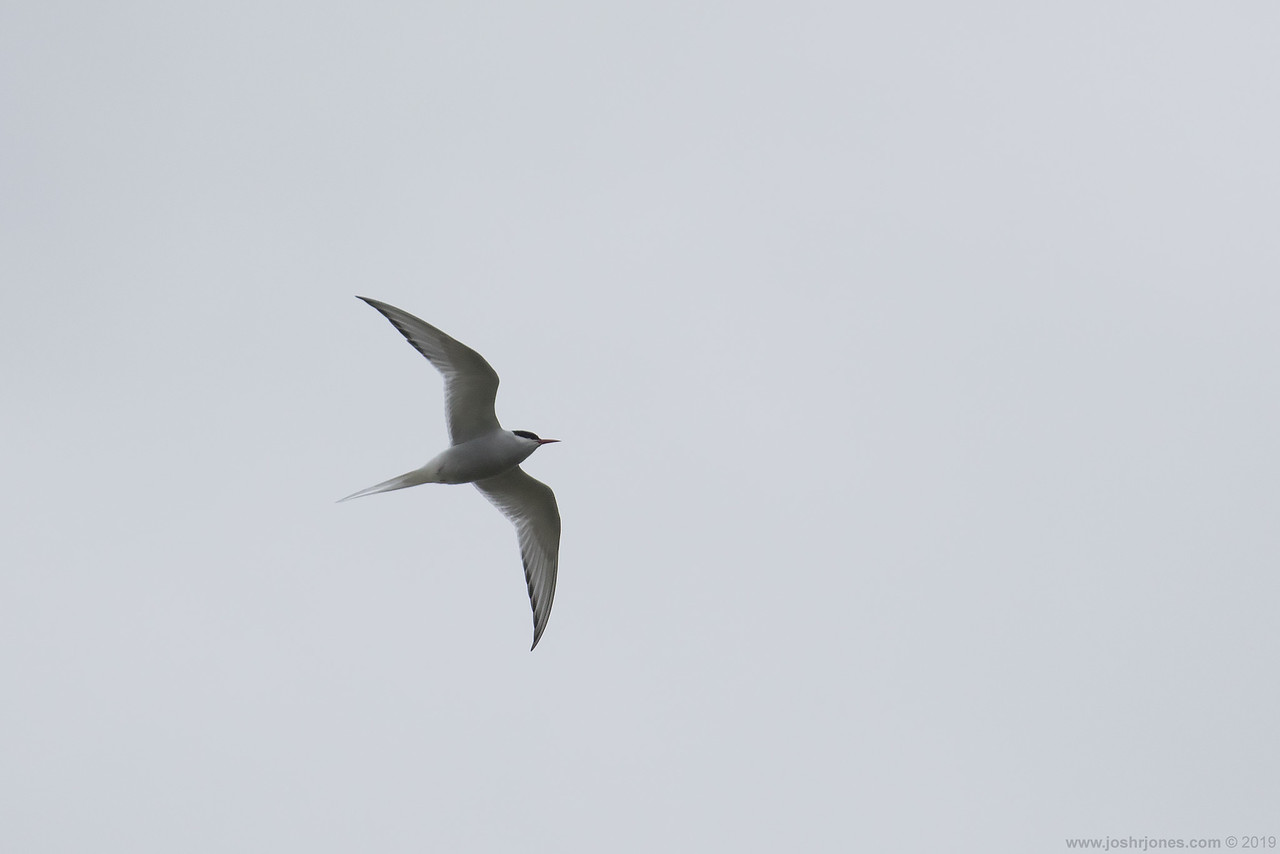
 RSS Feed
RSS Feed